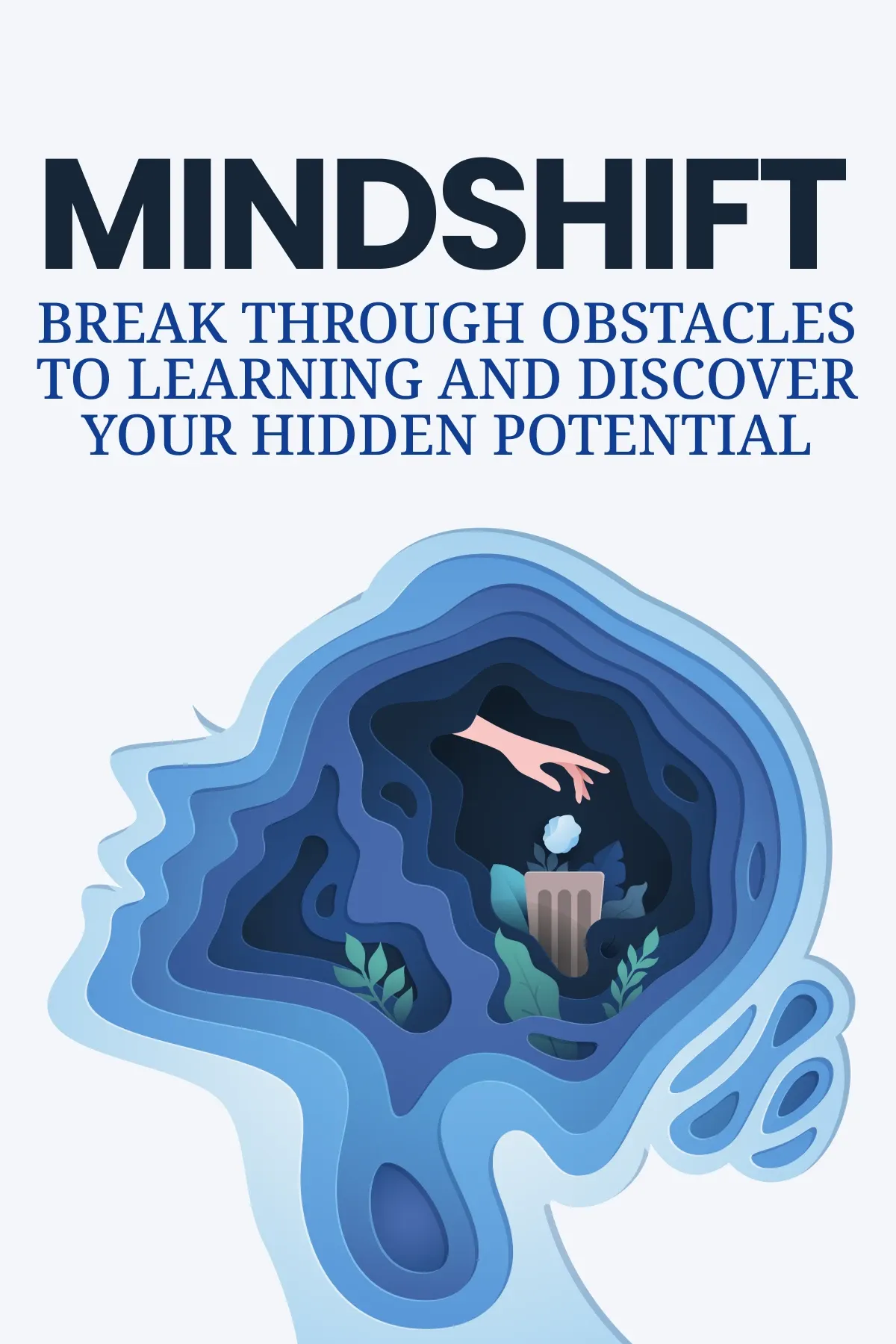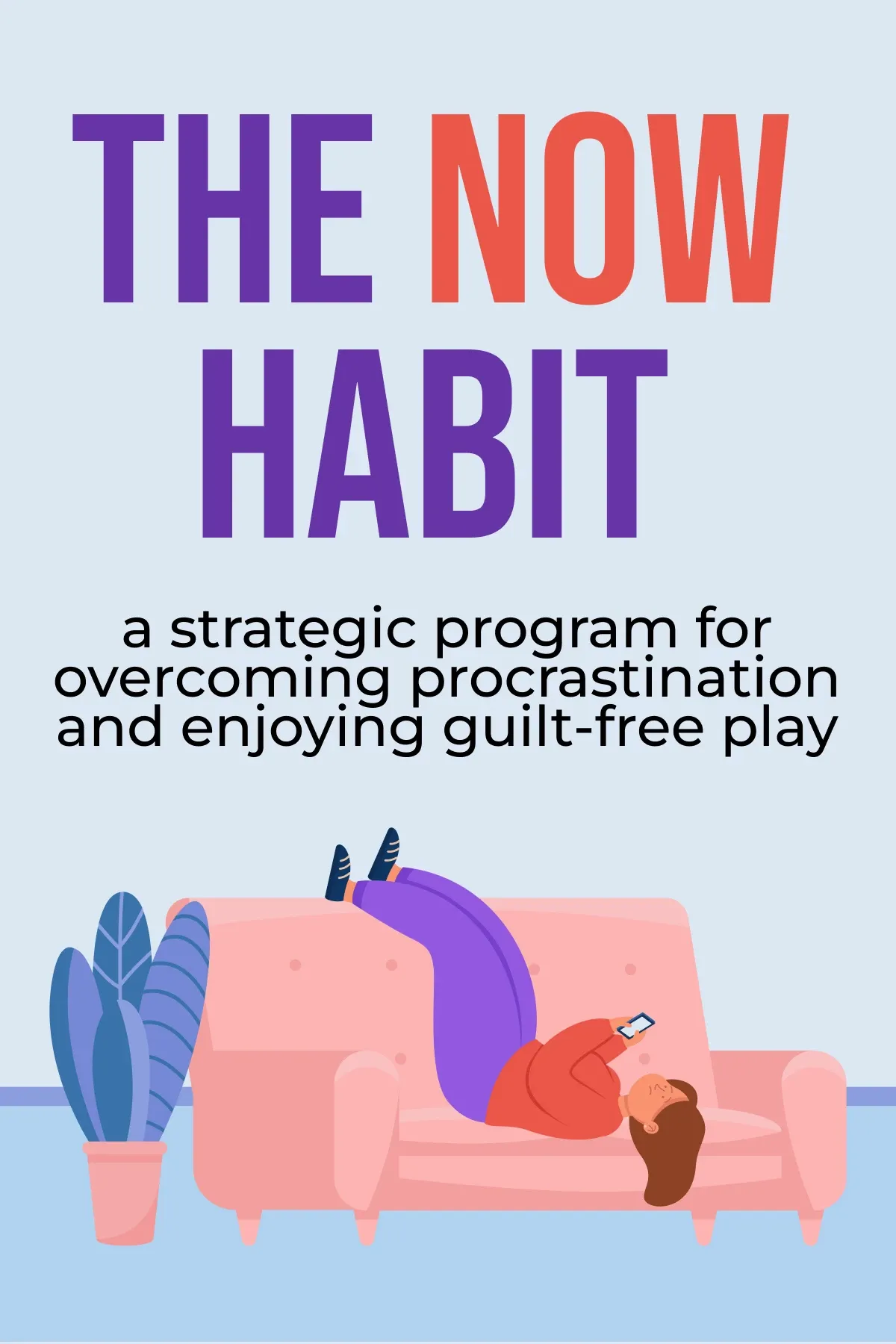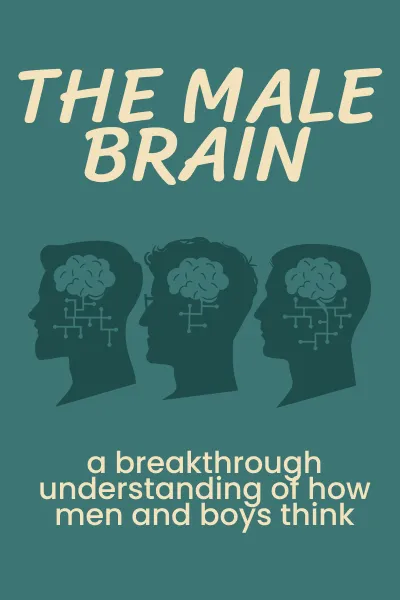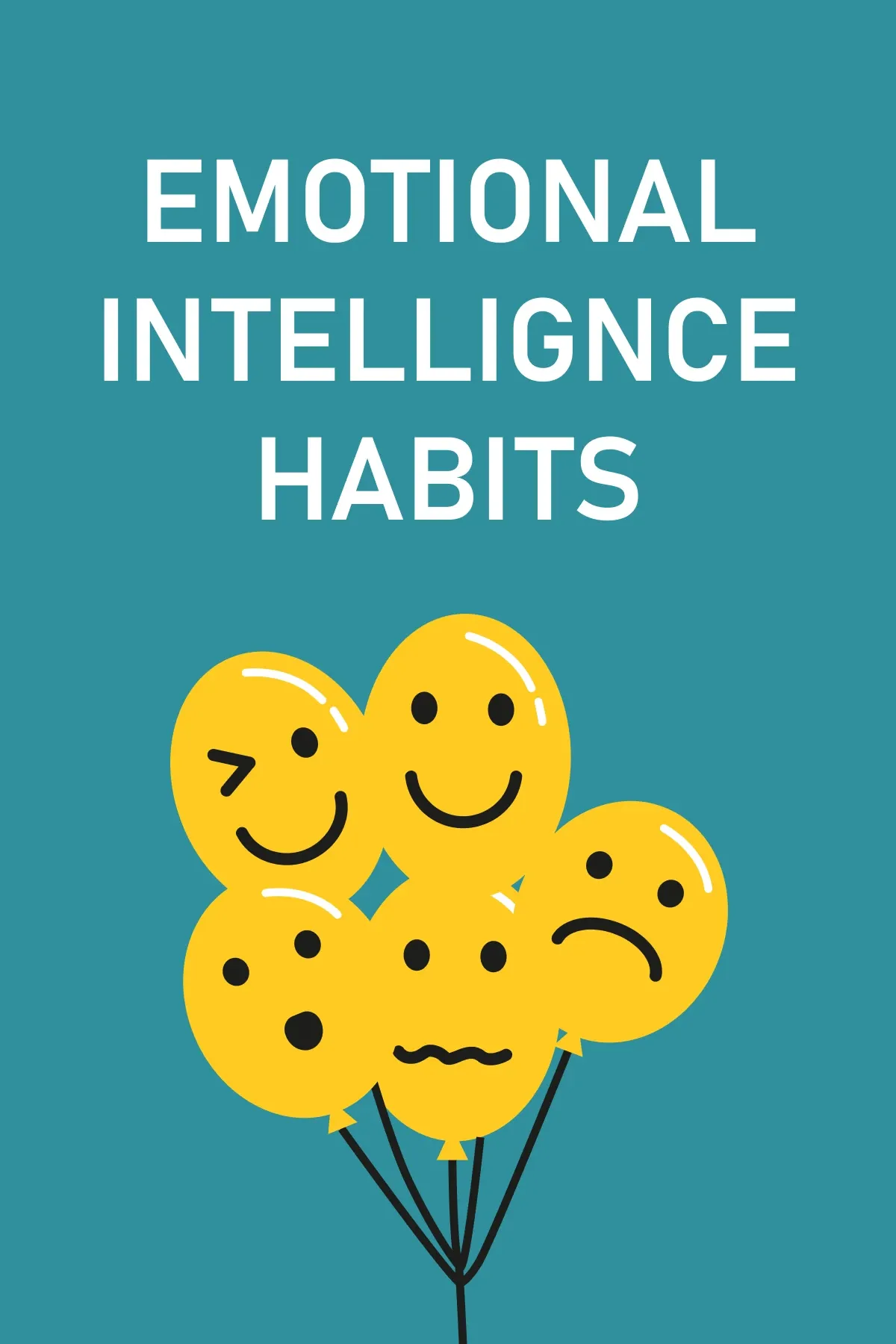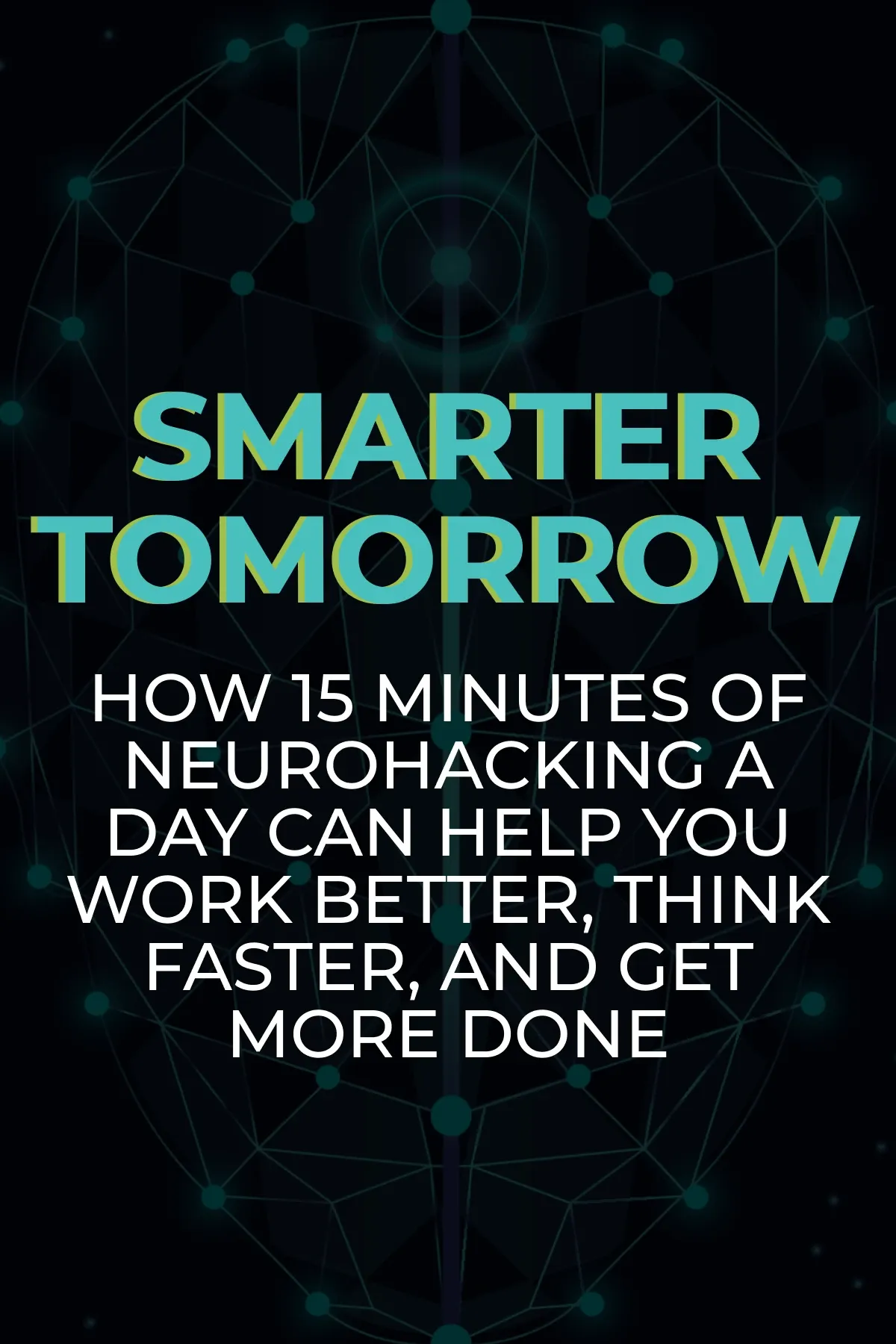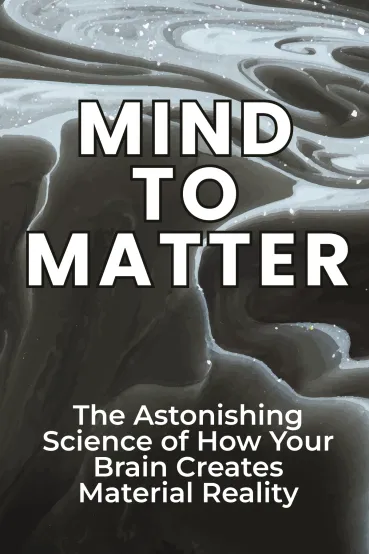
Mind to Matter
Brief Summary
Can our thoughts translate into real things? In “Mind to Matter,” renowned neuroscientist Dawson Church challenges the conventional view of the world as a fixed and separate entity. He examines the astonishing science of how our minds, beliefs, emotions, and even subconscious thoughts shape our reality.
Key points
Key idea 1 of 8
Can our thoughts really shape the world around us? A middle ground lies somewhere between the idea that “thoughts become things” and the reality that dreams will always remain fantasies. What is it? Is there a way we can turn deliberate thoughts into real-world outcomes while staying within the frames of science? Not wishful thinking!
Of course, you can’t make an aircraft carrier appear by thinking about it or jump over Mount Everest by simply wishing it. However, research in fields like neuroscience, epigenetics, and psychology shows that thoughts can influence reality in astounding ways. After all, everything from space travel to money started as an idea in someone’s mind.
Now, you might think science and metaphysics are complete opposites. Science is logical, rigorous, and measurable, while metaphysics is more mystical and abstract. But in reality, they are partners, not rivals. When scientists study consciousness, they make fascinating discoveries. They show that reality can be stranger than fiction.
Dawson Church, the author, once traveled to Hawaii. When taking a break from writing his book, he lost his keys while snorkeling. Instead of panicking, he stayed calm and visualized finding them. Eventually, this method worked! A bit later, a young boy found the keys in the vast ocean! Coincidence? Maybe. But after countless similar experiences, Church couldn’t ignore the pattern anymore.
So, he started his own research into the topic and uncovered extraordinary studies. When neural pathways in the brain are used repeatedly, they grow stronger and more connected. This rewiring process directly links our thoughts to changes in our physical brain structure. Studies also reveal how our thoughts can activate specific genes. They influence the body at a cellular level and even create measurable electromagnetic fields.
In quantum physics, matter turns out to be nothing more than vibrating strings of energy. Science suggests we live in an 11-dimensional universe—far beyond the four dimensions we experience daily. Legendary physicists like Niels Bohr and Albert Einstein believed that our minds interact with the energy of the universe in ways we’re only beginning to understand. One of the explanations is the concept of the “nonlocal mind.” It refers to a kind of universal consciousness that connects everything. While we live in our local, everyday minds, moments of synchronicity remind us that we’re also part of a larger, interconnected reality.
You may also like these summaries




